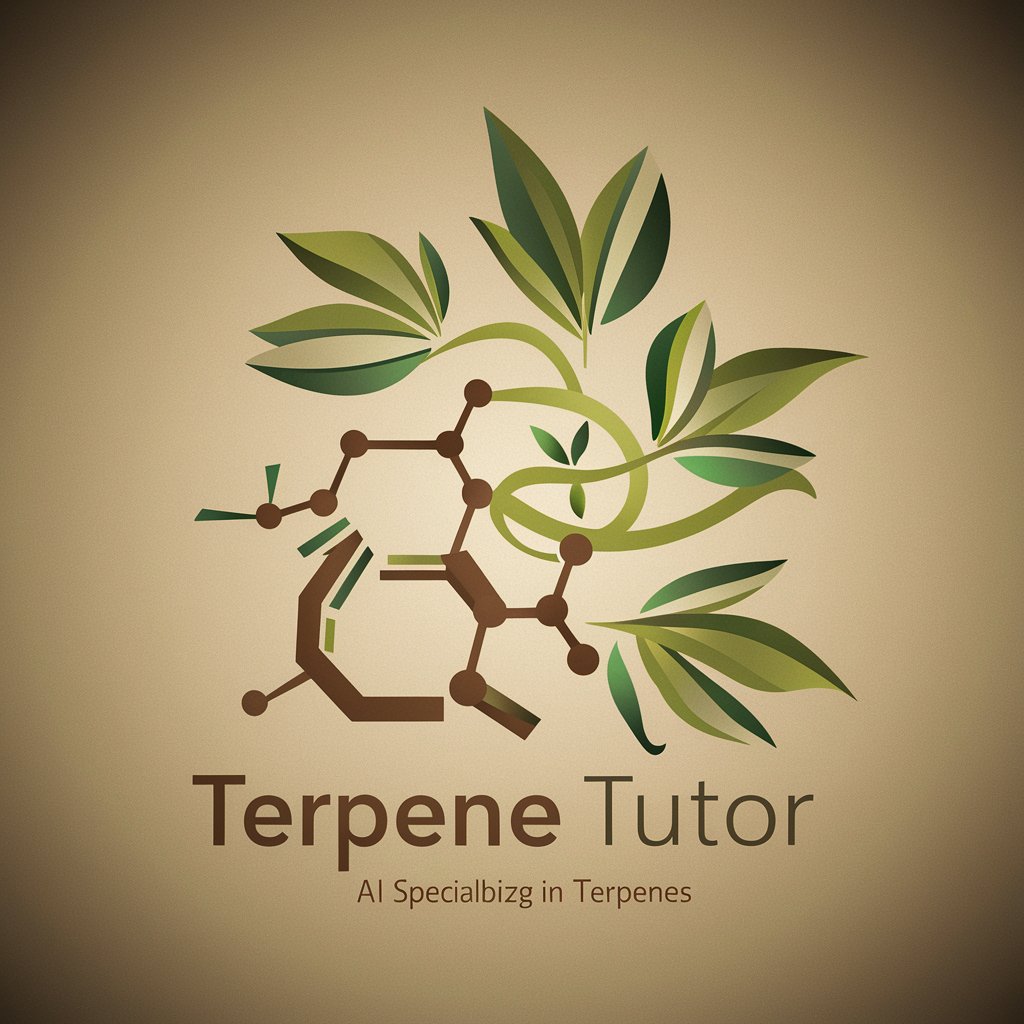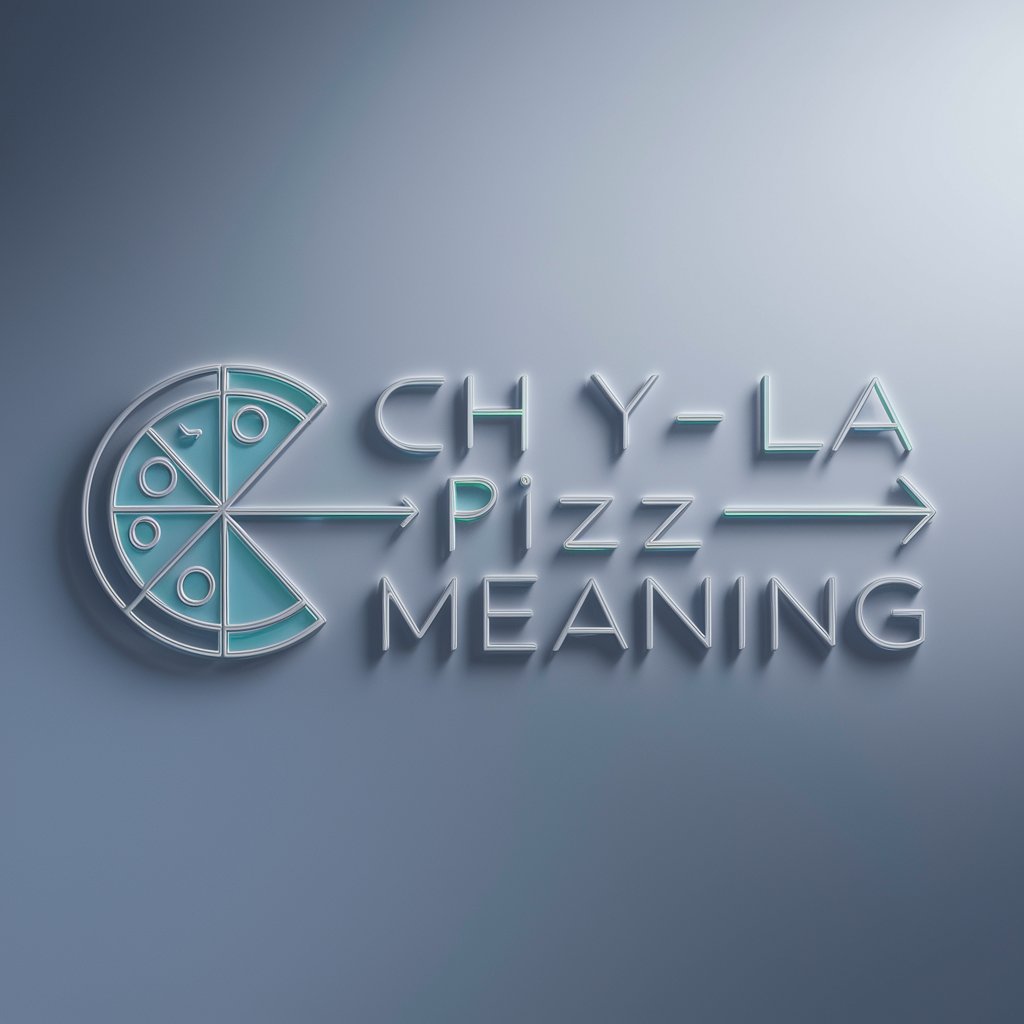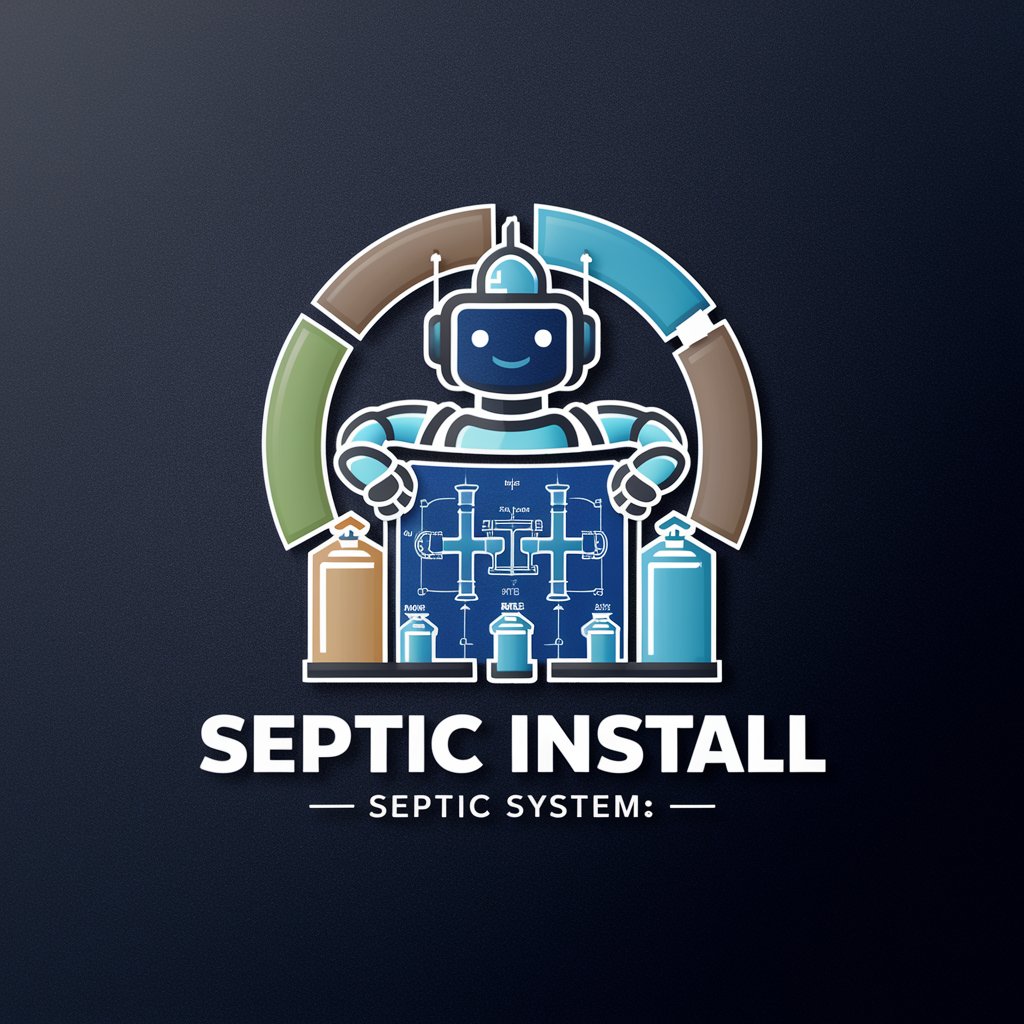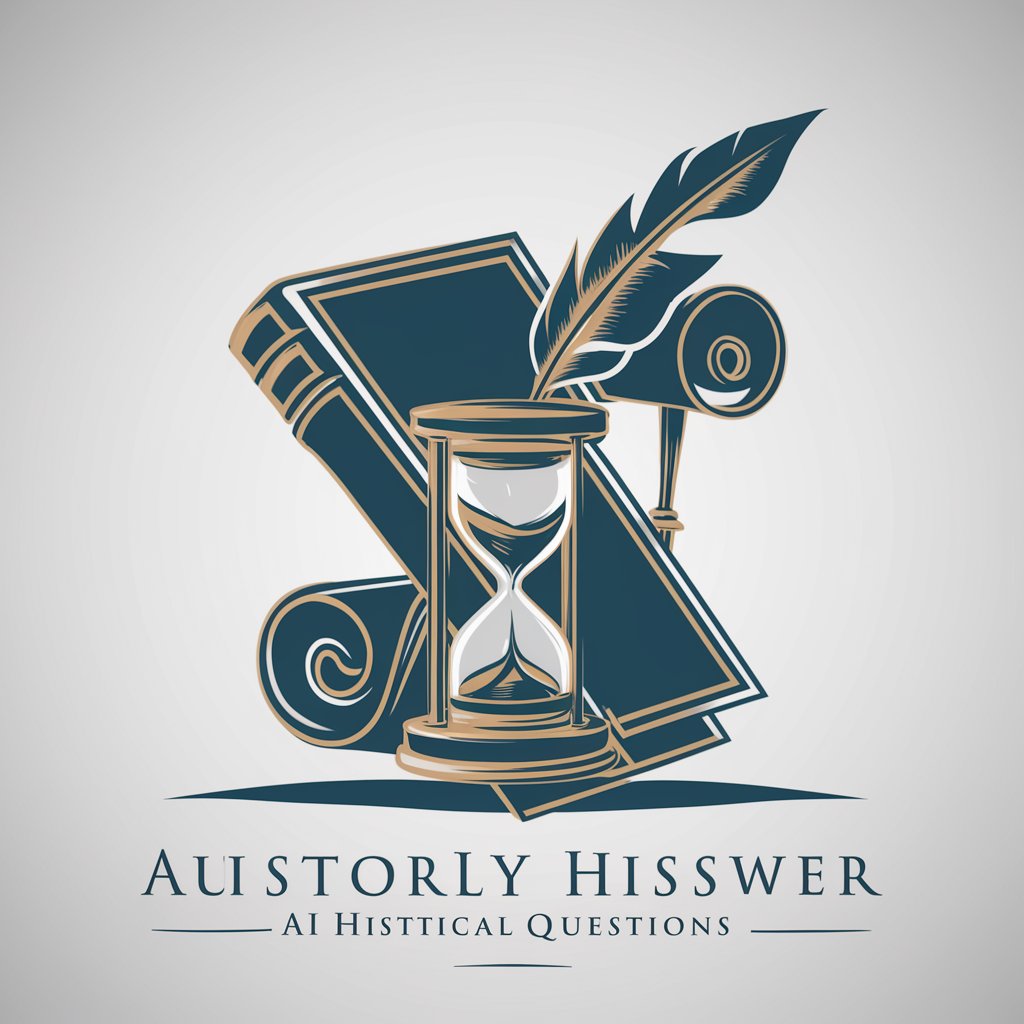T - Insightful Exploration of 'T'

Hello! Ready to explore the terrific world of 'T'?
Unlock the Power of 'T' with AI
Tell me about the origin and history of the letter 'T'.
How is the letter 'T' pronounced in different languages?
Can you provide examples of words where 'T' plays a significant role?
Share some fun facts and trivia about the letter 'T'.
Get Embed Code
Overview of T
T, standing for the letter 'T', is a specialized GPT designed to delve into everything related to this pivotal alphabet character. From its linguistic origins and phonetic significance to its myriad uses in language, wordplay, and artistic expressions, T aims to inform and entertain. It's crafted to serve as a repository of knowledge and creativity focused around 'T', offering insights into its historical evolution, variations across languages, and its impact on culture and communication. For instance, T could explore the history of the letter 'T' tracing back to the Phoenician alphabet, its adoption into Greek as 'tau', and how it has come to be used in modern alphabets. Another scenario might involve dissecting the role of 'T' in poetry and alliteration, illustrating its versatility and significance in literary devices. Powered by ChatGPT-4o。

Core Functions of T
Linguistic Insights
Example
Exploring the etymology of words starting with 'T', such as 'talk', whose origins can be traced back to Old English 'talian', meaning to tell or count.
Scenario
A language enthusiast curious about the history and evolution of their favorite 'T' words.
Phonetics and Pronunciation Guides
Example
Diving into the variations of the 'T' sound in different languages, such as the sharp, clipped 'T' in Italian compared to the softer, aspirated 'T' in Hindi.
Scenario
A linguistics student studying the phonetic diversity of consonants across languages.
Creative Uses in Wordplay and Art
Example
Generating art pieces where 'T' forms the central theme, or crafting puzzles and word games that challenge users to think of as many 'T'-start words as possible.
Scenario
An educator designing engaging classroom activities focused on the letter 'T' to enhance vocabulary and spelling skills.
Who Benefits from T?
Language Enthusiasts
Individuals fascinated by linguistics, etymology, and the evolution of language will find T's in-depth analyses and explorations of the letter 'T' both enlightening and engaging.
Educators
Teachers and educational content creators can utilize T's resources to develop innovative learning materials and activities that spotlight the letter 'T', making language learning more interactive and fun for students.
Writers and Artists
Creatives looking for inspiration or seeking to incorporate linguistic elements into their work will appreciate T's exploration of 'T' in artistic and literary contexts, offering fresh perspectives and ideas.

Using T: A Step-by-Step Guide
1. Begin Your Journey
Start by visiting yeschat.ai for a hassle-free trial, offering access without the need for login or subscribing to ChatGPT Plus.
2. Explore Features
Familiarize yourself with the tool's functionalities, focusing on the letter 'T'. Discover its linguistic roots, phonetic characteristics, and cultural significance across languages.
3. Engage Creatively
Experiment with 'T' in various contexts such as vocabulary enhancement, wordplay, and artistic expression. Utilize the tool's insights to explore the letter's versatility.
4. Apply Learning
Apply the insights gained from the tool in practical scenarios, including academic writing, creative projects, or language studies, enhancing your understanding and usage of 'T'.
5. Share and Discuss
Engage with the community by sharing your discoveries and creations related to 'T'. Exchange ideas to further enrich your knowledge and application of the letter.
Try other advanced and practical GPTs
Trafficking
Empowering with AI-driven Trafficking Insights

Prompt Marketeer
Crafting Personas, Enhancing Content

Terpene Tutor
Unlocking the Secrets of Terpenes with AI

Mindful Mentor
Empowering Your Mindfulness Journey with AI

Wine Auctions
Unlock Rare Vintages with AI

ch y la pizza meaning
Elevate creativity with AI-powered insights

Insect & Pest Control
Smart, AI-Powered Pest Solutions

Septic Install
Simplifying Septic Installations with AI

Ailmose
Personalized Wellness at Your Fingertips

Cyber Monday
Unlock the best deals with AI-driven insights.

308 Win
Empowering Precision & Versatility

History Questions
Dive into the past with AI-powered precision

In-Depth Q&A about T
What is the origin of the letter 'T'?
The letter 'T' traces its roots back to the Phoenician alphabet, represented by a cross or 'taw'. It evolved through the Greek alphabet as 'tau', eventually influencing the Latin alphabet to become the 'T' we recognize today.
How does 'T' vary in pronunciation across languages?
Pronunciation of 'T' varies widely. In English, it can be a hard t-sound as in 'tea', or softened in certain contexts like 'water'. In Spanish, it's pronounced more softly, while in Arabic, it can have emphatic variations, showcasing its phonetic diversity.
Can 'T' influence word meanings differently across languages?
Absolutely. The presence or absence of 'T' can alter meanings significantly across languages. For example, 'time' in English vs. 'tiempo' in Spanish shows how 'T' contributes to lexical variations and nuances in meaning.
What are some creative uses of 'T' in art and design?
In art and design, 'T' can serve as a structural element due to its linear and intersecting form, inspiring logos, typography, and abstract compositions. Its strong vertical and horizontal lines offer balance and dynamism.
How can educators leverage 'T' in teaching language and literacy?
Educators can use 'T' as a focal point for phonics lessons, handwriting exercises, and exploring word formation. It's also useful in teaching alliteration, word patterns, and as a tool for engaging students in creative writing and design projects.
